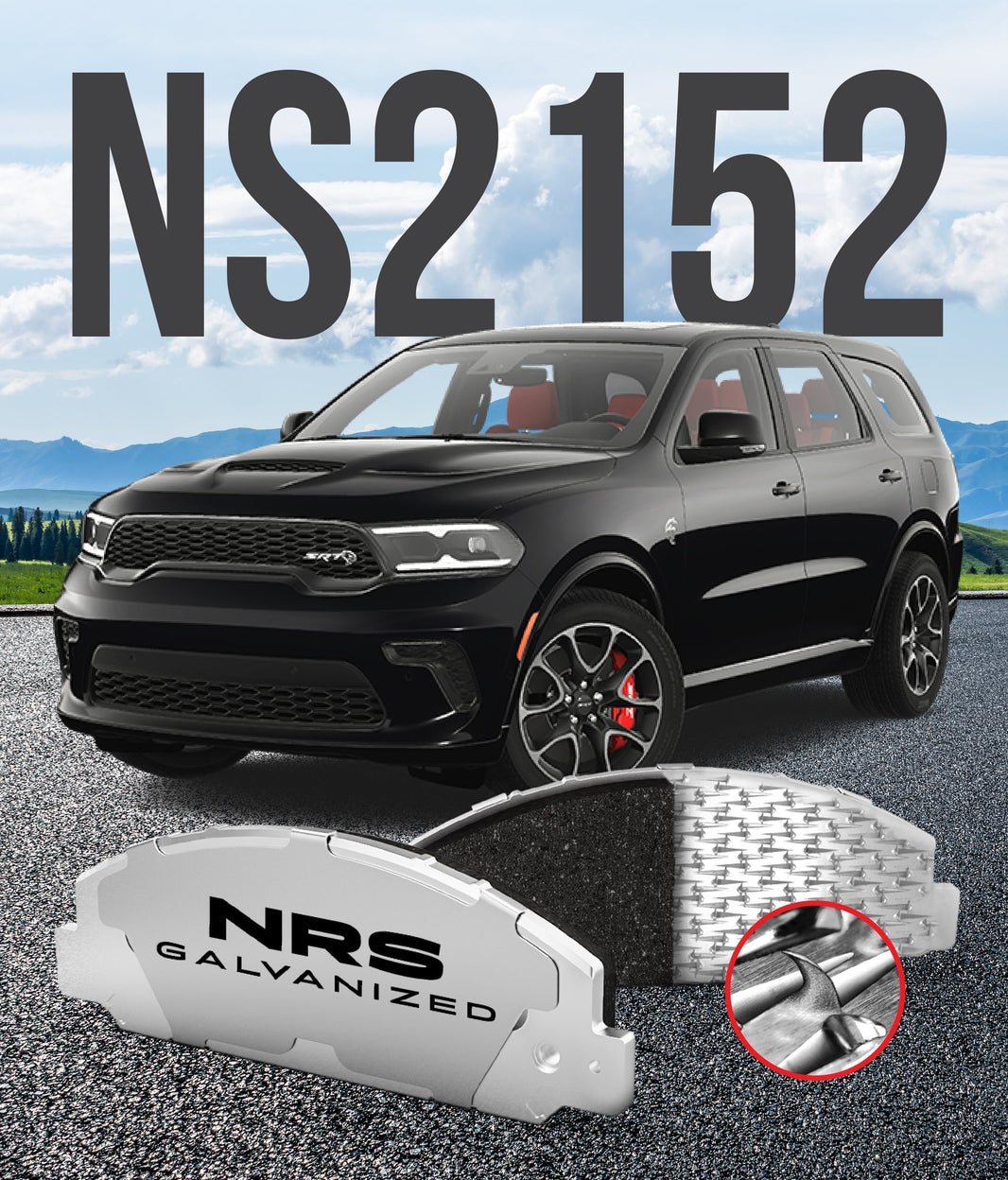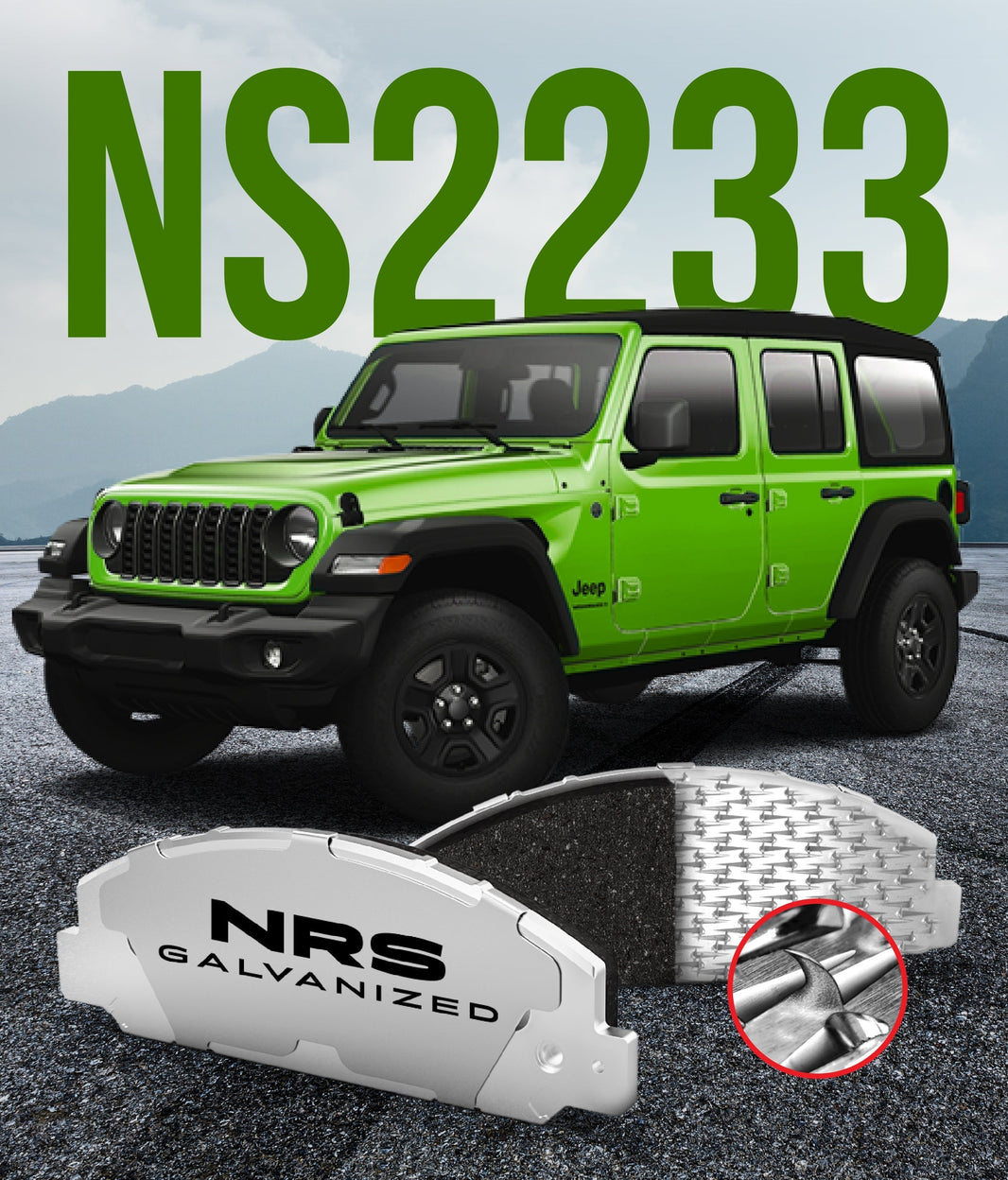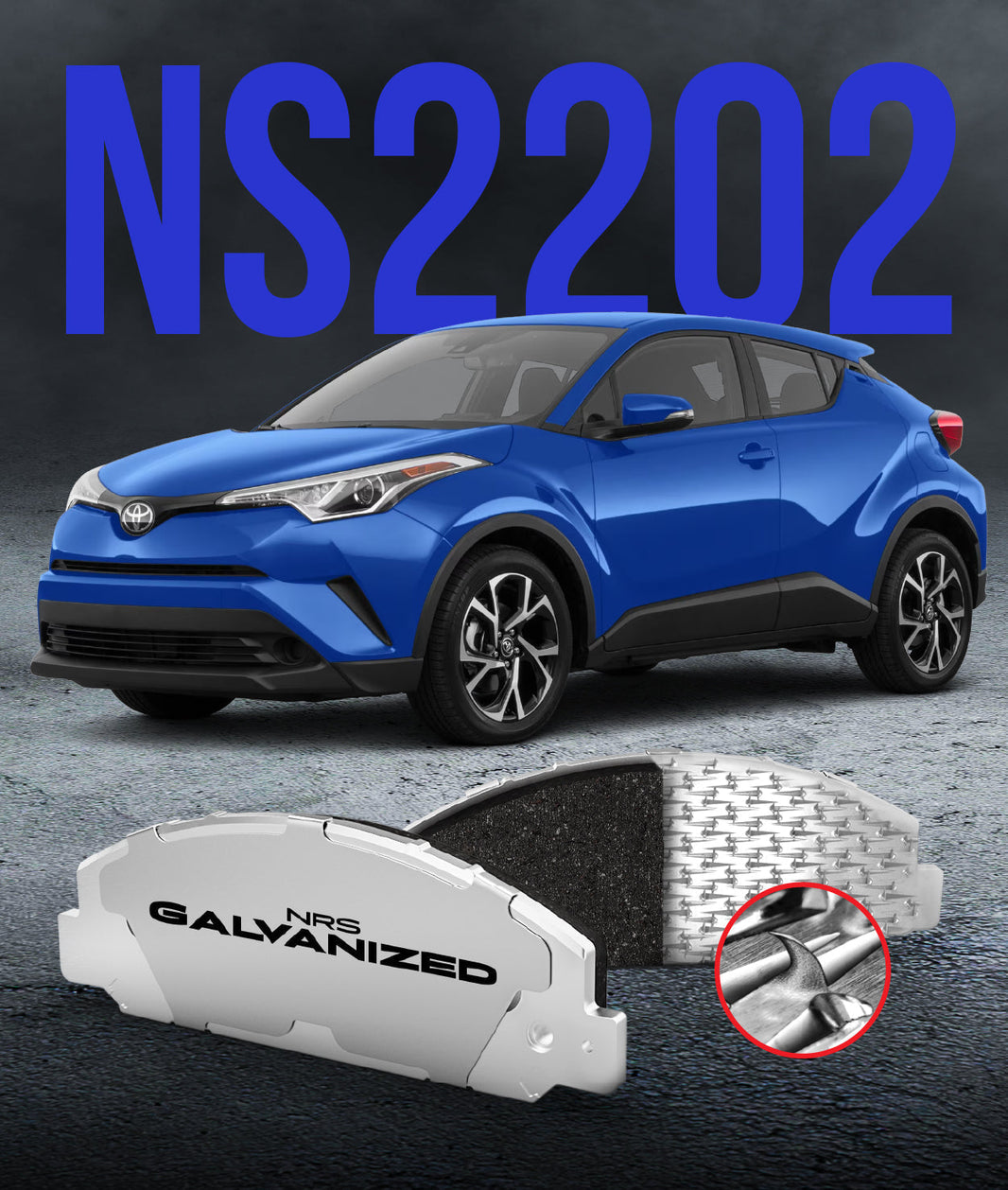 We have all seen it: the creeping, reddish-brown plague of rust that attacks our vehicle’s underbody, suspension, and exhaust components. This corrosion is a constant battle, especially for those living in regions with heavy rain or salted winter roads. But have you ever stopped to consider what this same relentless force is doing to the hidden parts of your brake system?
We have all seen it: the creeping, reddish-brown plague of rust that attacks our vehicle’s underbody, suspension, and exhaust components. This corrosion is a constant battle, especially for those living in regions with heavy rain or salted winter roads. But have you ever stopped to consider what this same relentless force is doing to the hidden parts of your brake system?
Most people focus on the friction material of a brake pad, but the steel backing plate it is attached to is the pad’s foundation. This steel foundation is under constant assault from the elements. The way it is protected from corrosion is one of the most important, yet overlooked, factors in brake safety and longevity.
The Unsung Hero: Why the Backing Plate Matters
The steel backing plate is the structural core of every brake pad. It performs two absolutely critical functions that are essential for your safety. If this foundation fails, the entire brake pad fails with it.
First, it provides a rigid, stable platform to which the friction material is bonded. Second, it is the load-bearing surface that the brake caliper’s piston and brackets push against to apply braking force. Think of the backing plate as the foundation of a house; if the concrete crumbles, the entire structure built on top of it is hopelessly compromised.
The Common Defense: Understanding Painted Brake Pads
The most common method manufacturers use to protect a steel backing plate is a simple layer of paint. Painted brake pads look clean and presentable when they come out of the box. This coating is intended to provide a basic barrier against moisture.
However, this protection is superficial and short-lived. The paint is merely a thin coating sitting on the surface of the steel. In the harsh environment of a braking system, this simple defense is quickly overwhelmed.
The Weakness of Paint
Brake systems operate under extreme conditions. They are subjected to incredible heat cycles, road debris, and a constant spray of water and corrosive road salt. This environment is the perfect enemy of a simple paint coating.
The intense heat can quickly burn the paint away, while road debris can easily chip it. Once the paint is compromised in any way, the steel underneath is left completely exposed to the elements. From that moment, the process of corrosion begins.
The Consequences of Rust
When the steel backing plate begins to rust, it does more than just look bad. The corrosion process, known as oxidation, causes the steel to swell and flake apart. This "rust jacking" effect exerts a powerful force between the backing plate and the friction material.
This force can break the adhesive bond, causing the friction puck to separate from the backing plate, a catastrophic failure known as delamination. Rust can also cause the pad to bind in the caliper bracket. This leads to uneven wear and dragging brakes.
The Superior Solution: The Galvanization Process
A far more robust and durable method of corrosion protection is galvanization. This is an advanced process that creates a metallurgical bond between the steel and a protective layer of zinc. It is not just a coating; the zinc effectively becomes part of the steel surface.
This process provides a level of protection that paint simply cannot match. It is designed to last for the entire service life of the brake pad. It ensures the backing plate remains structurally sound from start to finish.
How Galvanization Protects Steel
The magic of galvanization lies in a principle called sacrificial protection. Zinc is a more reactive metal than steel. This means that when exposed to corrosive elements, the zinc layer will corrode first, sacrificing itself to protect the steel beneath it.
Think of the zinc layer as a dedicated bodyguard for the steel. Even if the surface gets scratched, the zinc surrounding the scratch continues to protect the exposed steel. This is a fundamental advantage over paint, which offers no protection once its barrier is breached.
The Longevity Advantage
Because the galvanization provides active protection, it ensures the backing plate remains strong and dimensionally stable for the life of the pad. This offers a huge long-term value for any vehicle owner. It prevents the dangerous effects of rust jacking and delamination.
A backing plate that does not swell with rust also ensures the brake pad can move freely in the caliper bracket. This promotes even wear, quiet operation, and better overall braking performance. The protection lasts as long as the pad does.
A Head-to-Head Comparison
The difference between these two protection methods is stark. One is a temporary, cosmetic coating, while the other is a permanent, electrochemical bond. Understanding these differences is key to making an informed choice for your vehicle.
Here is a simple breakdown of how painted brake pads stack up against galvanized ones.
-
Protection Type: Paint is a simple surface coating that acts as a barrier. Galvanization is a bonded, sacrificial layer of zinc that actively protects the steel.
-
Durability: Paint is easily compromised by heat, chips, and scratches, rendering its protection useless. Galvanization continues to protect the steel even when the surface is scratched.
-
Failure Mode: The rust on painted backing plates can lead to catastrophic pad delamination. Galvanized plates are engineered to resist this type of structural failure.
-
Cost and Value: Painted brake pads are often cheaper to purchase initially. Galvanized pads provide a far greater long-term value through their superior safety and durability.
A 5-Point Checklist for Choosing Your Next Pads
When you are ready for your next brake service, you can use a simple checklist to ensure you are buying a quality, long-lasting product. Looking beyond the price tag and inspecting the construction of the pad will tell you everything you need to know. A smart choice now prevents problems later.
Use these five points to guide your purchasing decision.
-
Check the Backing Plate Finish: First, look at the backing plate. Is it covered in a simple black or gray paint, or does it have the distinct, matte silver-gray finish of a galvanized part?
-
Consider Your Climate: If you live in an area where roads are salted in winter or you are near a coastline, choosing a corrosion-resistant pad is absolutely critical for your safety.
-
Think Long-Term: Do not base your decision on the initial price alone. A slightly more expensive galvanized pad that lasts longer and is safer is a much better overall value.
-
Look for Mechanical Attachment: The most secure brake pads use mechanical hooks that lock the friction material to the galvanized backing plate. This provides a nearly unbreakable bond.
-
Research the Brand: Choose manufacturers that are transparent about their materials and processes. A company proud of its technology will be eager to tell you about it.
Conclusion: A Foundation of Safety
The battle against corrosion is constant, and your brake system is on the front lines. While painted brake pads offer a basic, short-term defense, they are highly vulnerable to rust that can lead to dangerous structural failures. A painted backing plate is the weakest link in an otherwise robust system.
Galvanized brake pads offer a complete and lasting solution to this problem, ensuring the pad's foundation remains strong for its entire service life. When you choose your next set of brakes, remember that the quality of the backing plate is just as important as the quality of the friction material. At our company, we are committed to building the best Brake Pads with galvanized, mechanically attached technology because we believe your safety should never be compromised by something as simple as rust.
Have you ever had a brake pad fail due to rust or corrosion?




